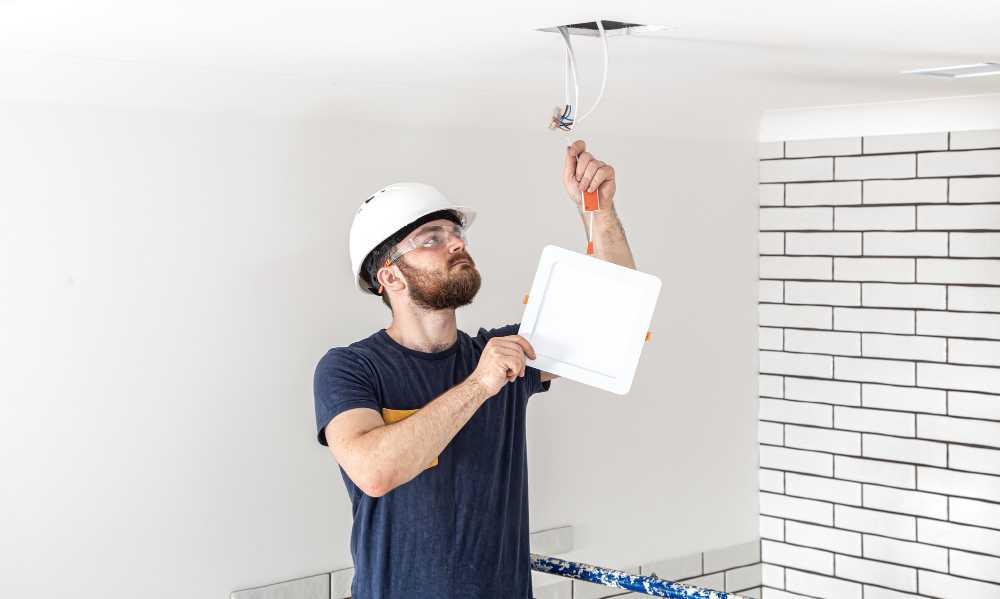When building a new home, it is easy to overlook the electrical plan. Yet, it is one of the most important steps in creating a safe, modern and efficient living space. Deciding where to place outlets, how many circuits to add, and what kind of lighting to use can greatly affect comfort and convenience. With a solid electrical plan, your home can meet today’s needs and adapt to future technology.
Map Out Your Layout
Before installing any wiring, create a clear plan of each room’s layout. Think about where you will put furniture, TVs, and other appliances. This helps you figure out the best spots for outlets, switches and lighting. A well-mapped layout reduces the need for extension cords and keeps everything more organized.
Consider Future Technology
From smart home devices to advanced home office setups, your power demands may change over time. Plan for extra circuits or dedicated outlets if you expect to install more powerful appliances or electronics down the road. By allowing room to expand, you will avoid the hassle and cost of rewiring later.
Use Quality Materials
It can be tempting to cut costs by choosing cheaper wiring or switchgear, but this may lead to problems. High-quality parts are more reliable and lower the chance of malfunction or fire. Spending more now can save you from costly repairs and give you peace of mind in the long run.
Meet Local Codes
Each area has its own electrical codes that outline safety standards for wiring, outlets, and fixture placement. It is important to follow these codes to ensure your home is safe and to pass inspections. Working with us or consulting local authorities can help you meet all the necessary rules and regulations.
Proper electrical planning is key to making your new home both safe and efficient. By mapping out your layout, thinking about future needs, using high-quality parts, and following local codes, you create a living space that can handle the demands of modern life. With the right plan in place, your home will meet your immediate needs and be ready to grow with you in the years ahead.

